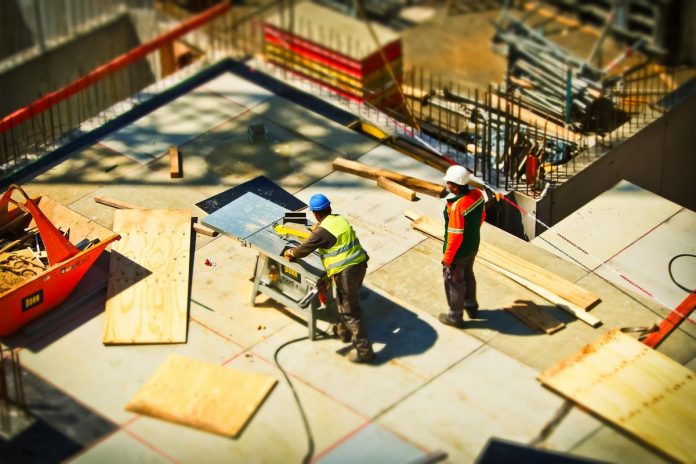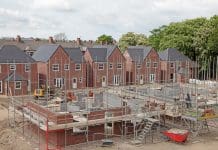In the wake of Brexit, Article 50 and the snap General Election in June 2017, the UK housing market crisis has been the subject of much discussion in recent times. Mark Haskell of Flooring Republic highlights the current situation here
There’s no escaping the fact that the recent years of austerity have had a great impact on the UK housing market, causing homeownership to decline as potential buyers are priced out of the market, unable to afford to get a foot on the property ladder. Naturally, as a result, the number of renters has increased, but the increase in demand for rental properties has seen rental values go up too – with many paying over half of their monthly salary on housing, according to Sajid Javid, the communities and local government secretary.
With these worrying figures and the possibility of not enough “affordable” housing available, today, we want to take a look at the housing market landscape – how it’s changed and where it needs to be to meet the needs of the public.
More pressure from a growing population
As it stands, the current trend in the UK housing market is that the number of homeowners is declining, while the number of people renting is increasing – particularly in the 25-34-year-old bracket where the number of renters has almost doubled. Termed as ‘Generation Rent’, a report published by Price Waterhouse & Cooper sees this figure increasing, with predictions that 60 percent of people living in London will be renting by 2025. This is a 24.4 percent increase since 2000 and a 14.5 percent increase in the UK as a whole.
Understandably, these figures are a big concern, and with forecasts that the UK population will increase to over 74 million by 2039, there is undoubtedly more pressure on the government and the UK construction industry to find a suitable solution to meet these new demands.
However, an increasing population isn’t the sole issue, as Britain also has an ageing population, with more than half of over 65s living in homes that are bigger than their needs – which inevitably adds more pressure the situation. While there are plans to incentivise elderly residents to downsize and free-up larger properties to help fill the demand in the market, the reality is that there aren’t enough suitable houses to meet the demand.
Social and cultural changes
There are also some social and environmental factors to consider, as our society has become more diverse and multicultural in its views and social structure. Nowadays, people want housing that suits their needs – whether that’s as a single parent, a couple without children, friends living together or a large family – and it appears the UK housing market doesn’t currently cater for this. Furthermore, people are becoming more aware of environmental factors, and for this reason, there seems to be a shift toward housing that’s more environmentally-friendly and sustainable – both regarding how it’s built and future implications.
The future for the UK housing market
Taking all of these factors into consideration leaves the government with a huge mountain to climb to find the right solutions to not only satisfy the increase in demand, but also the social and environmental issues.
In recent years, there has been a great deal of focus on innovation in the construction industry to find new ways to meet the new housing targets without compromising on build quality. This has included a shift towards building smaller homes that provide a more realistic option for buyers and alleviate the issue of land availability. Naturally, in the UK, there are limits to land used for development, which is where the suggestion of ‘micro homes’ shows an effective use of space and an affordable solution for first-time buyers.
It will also be important to address environmental issues associated with the construction industry, as people become more aware of climate change and their personal impact. This is also where smaller, eco-friendly homes could play a vital role. Re-evaluating the construction process to make it as energy efficient as possible throws the spotlight on everything from eco-friendly machinery to locally-sourced and sustainable materials like wood flooring. When combined, these smaller changes can make all the difference and look likely to be at the forefront of construction in the future, particularly with events such as EcoBuild leading the way for sustainable construction.
While there’s still a long way to go, there seem to be continuous developments that come from acknowledging the challenges faced to find a suitable solution to resolve the housing crisis.
Mark Haskell
Retail Support Manager
Twitter: @poshflooring














